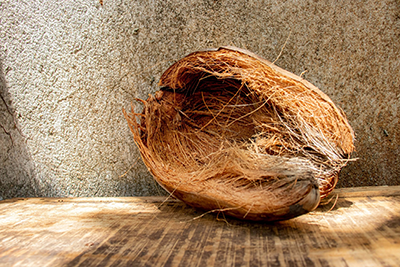
Selecting the appropriate materials for commercial spaces is not merely a matter of aesthetics or durability but furthermore shows the business’s commitment to environmental responsibility. Coir mats, made from the fibrous husks of coconuts, offer a compelling argument for businesses looking to improve their entryways whilst upholding sustainability principles.
What is Coir?
Coir is a natural fibre extracted from between the hard internal shell and the outer coat of a coconut. Mainly sourced from countries like India and Sri Lanka, coir is celebrated for its durability, making it an ideal material for floor mats in busy commercial environments.
The Benefits of Coir Mats for Businesses
Durability
Coir's robust fibres make it excellent for handling the wear and tear of crowded commercial spaces. These mats maintain their integrity under frequent use, making them a economical choice in the long run.
Moisture Resistance
Coir mats shine in absorbing moisture, ensuring that walking surfaces remain dry and safe. This feature is particularly advantageous in regions with rainy weather or in businesses where floor safety is a priority.
Dirt Trapping Capabilities
The coarse texture of coir is very good at trapping dirt and debris, which helps keep indoor areas clean. This can reduce cleaning costs and prolong the lifespan of interior read more flooring.
Natural and Biodegradable
Unlike synthetic alternatives, coir is entirely natural and biodegradable. It decomposes over time without leaving harmful residues, aligning with the ecological values of businesses committed to reducing their environmental impact.
Aesthetic Versatility
Coir mats provide a rustic charm that can complement a wide range of decor styles, from modern minimalist to more traditional business environments. They can be personalised with various colours and logos, increasing brand visibility while providing functional benefits.
Customisation Options
Businesses can tailor coir mats to reflect their brand identity. Adaptable options include dying the fibres to match corporate colours or embedding company logos directly into the mat. This not only strengthens brand identity but also adds a professional touch to business premises.
Applications of Coir Mats in Commercial Settings
Coir mats are flexible and can be used in numerous commercial settings:
- Retail Stores: Enhance the customer experience by maintaining entryways clean and dry.
- Offices: Establish a welcoming atmosphere while keeping the interiors immaculate.
- Hotels: Give guests a warm welcome with a branded, durable entrance mat.
- Schools and Universities: Keep cleanliness and safety in frequented areas.
Sustainability: The Core of Coir
Choosing coir mats demonstrates a business’s commitment to sustainable practices. By picking natural, renewable materials, businesses not only improve their operational efficiency but also add positively to the environment. This can improve the company’s image among consumers who are more and more favouring eco-friendly businesses.
Maintenance Tips for Coir Mats
To maximise the lifespan and appearance of coir mats, regular maintenance is crucial:
- Shake or Vacuum Regularly: Clear dirt and debris by shaking out the mat or using a vacuum cleaner.
- Spot Clean Stains: Manage spills and stains promptly to prevent them from setting.
- Avoid Prolonged Moisture Exposure: Whilst coir is water-resistant, it should not be left wet for extended periods to stop degradation.
Conclusion
Coir mats are more than just an entrance accessory for website commercial spaces; they are a testament to a business’s dedication to sustainability and practicality. By including coir mats into their operations, businesses not only boost the functionality and aesthetics of their premises but also promote a greener, more sustainable future. As the market continues to develop and evolve, coir mats stand out as a smart choice for more info progressive businesses.